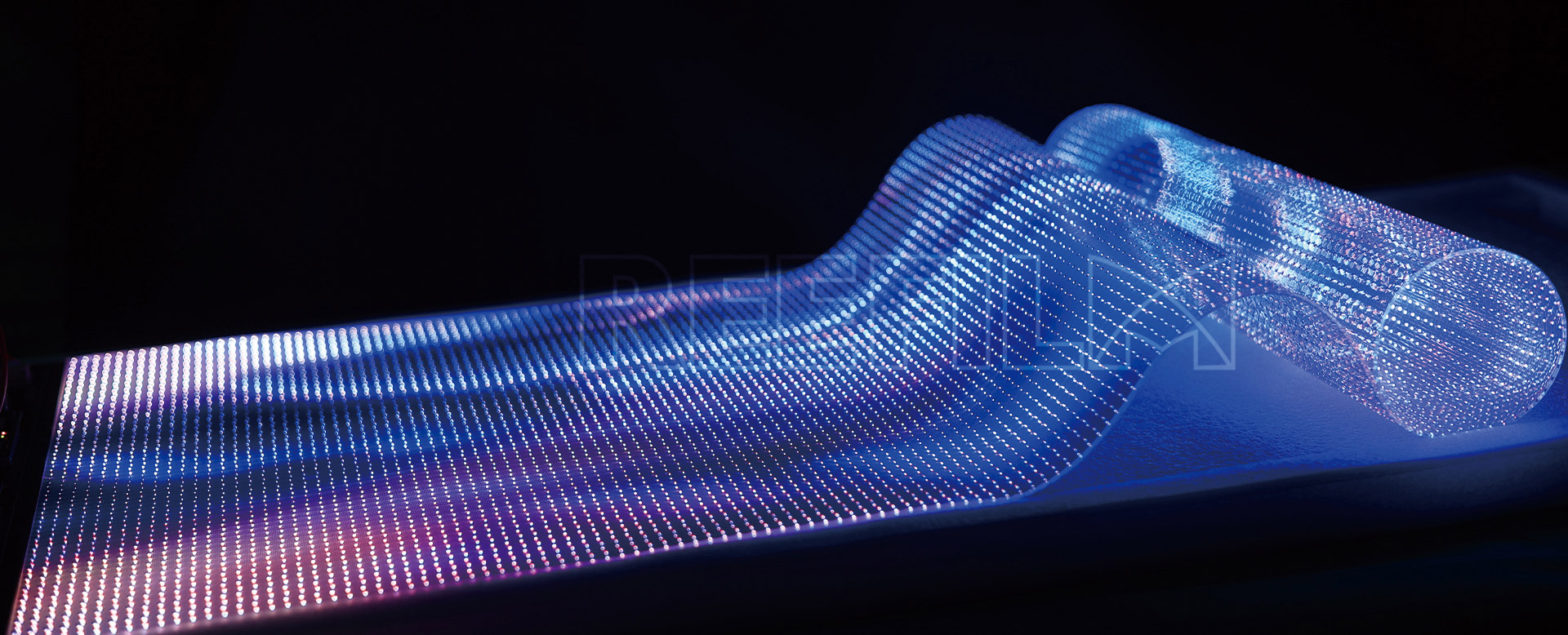
Ultra Thin Flexible Led Screen can be considered relatively energy-efficient compared to traditional display technologies. LED stands for Light Emitting Diode, and LEDs are known for their energy-saving properties.
Here are some reasons why ultra-Thin Flexible Led Screens are energy-efficient:
Low power consumption: LED technology is known for its low power requirements. LEDs are designed to convert electrical energy into light efficiently, resulting in less energy waste. Compared to other display technologies such as LCD (Liquid Crystal Display) or plasma screens, LEDs consume less power to produce the same level of brightness.
Localized lighting: LED screens consist of an array of individual LEDs that emit light independently. This enables localized lighting control, allowing specific areas of the screen to be illuminated while others remain dim or turned off. By adjusting the brightness level of individual LEDs, energy consumption can be optimized, especially in scenarios where only a portion of the screen is displaying content.
Improved backlighting: Many LED screens incorporate backlighting technology, such as edge-lit or direct-lit LEDs. These methods provide more even illumination across the screen and improve energy efficiency compared to older backlighting technologies used in LCD screens, such as CCFL (Cold Cathode Fluorescent Lamp).
Efficient heat dissipation: Ultra-thin Flexible LED Screens are often designed with materials and structures that facilitate better heat dissipation. Effective heat management prevents excessive energy loss due to heat buildup, further enhancing energy efficiency.
However, it's important to note that energy efficiency can vary depending on factors like screen size, resolution, brightness settings, and usage patterns. While ultra-thin flexible LED screens generally offer energy-saving advantages, it's always recommended to check the specifications and energy ratings provided by the Flexible Led Screen Manufacturers for accurate information on energy efficiency.
Overall, ultra-thin flexible LED screens can be considered a more energy-efficient choice for display technology due to their low power consumption, localized lighting control, improved backlighting, and effective heat dissipation.